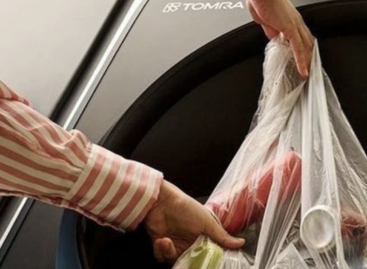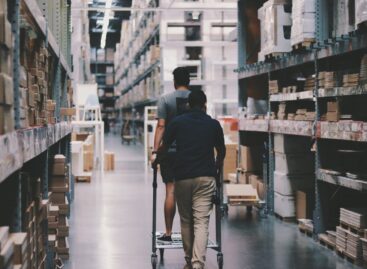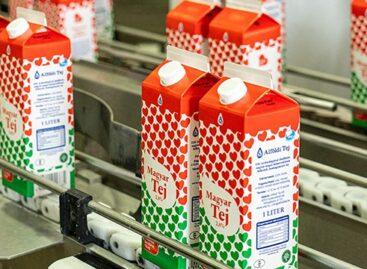Five microtrends rewriting green claim strategies
As sustainability communication is maturing, vague, formulaic green claims are disappearing from the market.
This article is available for reading in Trade magazin 2025/8-9.
Based on the spring 2025 forecasts and market reports of international trend research institutes, five microtrends are emerging that could define the sustainability language and practices of the FMCG sector in the coming months.

The new sustainability expectations demand not fine-tuning, but a fundamental shift in mindset — for many brands, this truly is a moment of reset
Regenerative packaging – biodegradable and gives back too: regenerative thinking is gaining ground in agriculture and packaging technology alike, encompassing materials and solutions that aren’t only less harmful but also beneficial to the environment. For instance Unilever is testing bioactive packaging on Dove products that stimulates the soil microbiome when composted, according to Packaging Europe. Nestlé has launched a pilot project in Latin America with plant-based beverage packaging that specifically improves soil structure after decomposition. Climate-positive brands – from zero to plus: carbon neutrality is no longer enough, as in the sustainability race more and more brands are striving to become climate-positive. IKEA has set the goal of becoming completely climate positive by 2030 and is already investing in projects that go beyond its own operations, such as wetland restoration.
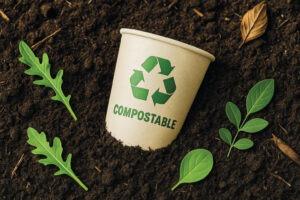
Regenerative packaging not only disappears from the environment, but also gives something back to it — in compostable form, for instance, it enriches soil life
Blue carbon – the ocean’s new role in carbon neutrality: the blue carbon concept represents a new generation of carbon offsetting, utilising the carbon sequestration capacity of marine ecosystems such as mangrove swamps, seagrass beds and salt marshes. Driven by growing demand for carbon footprint offsetting, several global FMCG players have joined the Blue Carbon Buyers Alliance, launched in the first quarter of 2025. Biodiversity as a brand value: in addition to climate protection, a growing number of companies are making biodiversity protection a strategic priority – according to Kantar’s April 2025 Sustainability Sector Index survey, 42% of global consumers expect a brand to communicate authentically about its relationship with natural habitats, not just its carbon emissions.
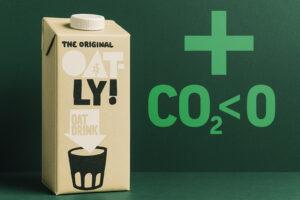
Climate-positive brands like Oatly are no longer aiming merely to reduce CO₂ emissions — they’re setting their sights on making them net negative
Digital sustainability – the footprint we don’t see: although digital solutions have long been celebrated as allies of sustainability – for example through paperless processes and logistics optimisation – growing attention is being paid to the hidden environmental impacts of digital systems that function as infrastructure. According to the Capgemini Research Institute’s April 2025 AI for Green study, the digital operations of FMCG companies – including AI-powered forecasting, e-commerce platforms, and cloud-based data management – could account for as much as 8-10% of the sector’s total carbon footprint. Carrefour and Tesco are already testing AI-based ordering and inventory optimisation algorithms that could prevent thousands of tonnes of fresh produce being wasted every week.
Related news
The new, innovative cash register at Tesco in Nyíregyháza swallows 100 bottles per minute
🎧 Hallgasd a cikket: Lejátszás Szünet Folytatás Leállítás Nyelv: Auto…
Read more >Too many gifts, too much food: our holiday excesses are putting a serious strain on the environment
🎧 Hallgasd a cikket: Lejátszás Szünet Folytatás Leállítás Nyelv: Auto…
Read more >Carrefour opens its 100th Spanish store of the year
🎧 Hallgasd a cikket: Lejátszás Szünet Folytatás Leállítás Nyelv: Auto…
Read more >Related news
Crowds return to stores: margin cap and year-end preparations drive retail traffic
🎧 Hallgasd a cikket: Lejátszás Szünet Folytatás Leállítás Nyelv: Auto…
Read more >The kings of the New Year’s Eve list: hot dogs and champagne in abundance
🎧 Hallgasd a cikket: Lejátszás Szünet Folytatás Leállítás Nyelv: Auto…
Read more >The Alföldi Tej case is drifting towards an uncertain outcome
🎧 Hallgasd a cikket: Lejátszás Szünet Folytatás Leállítás Nyelv: Auto…
Read more >
